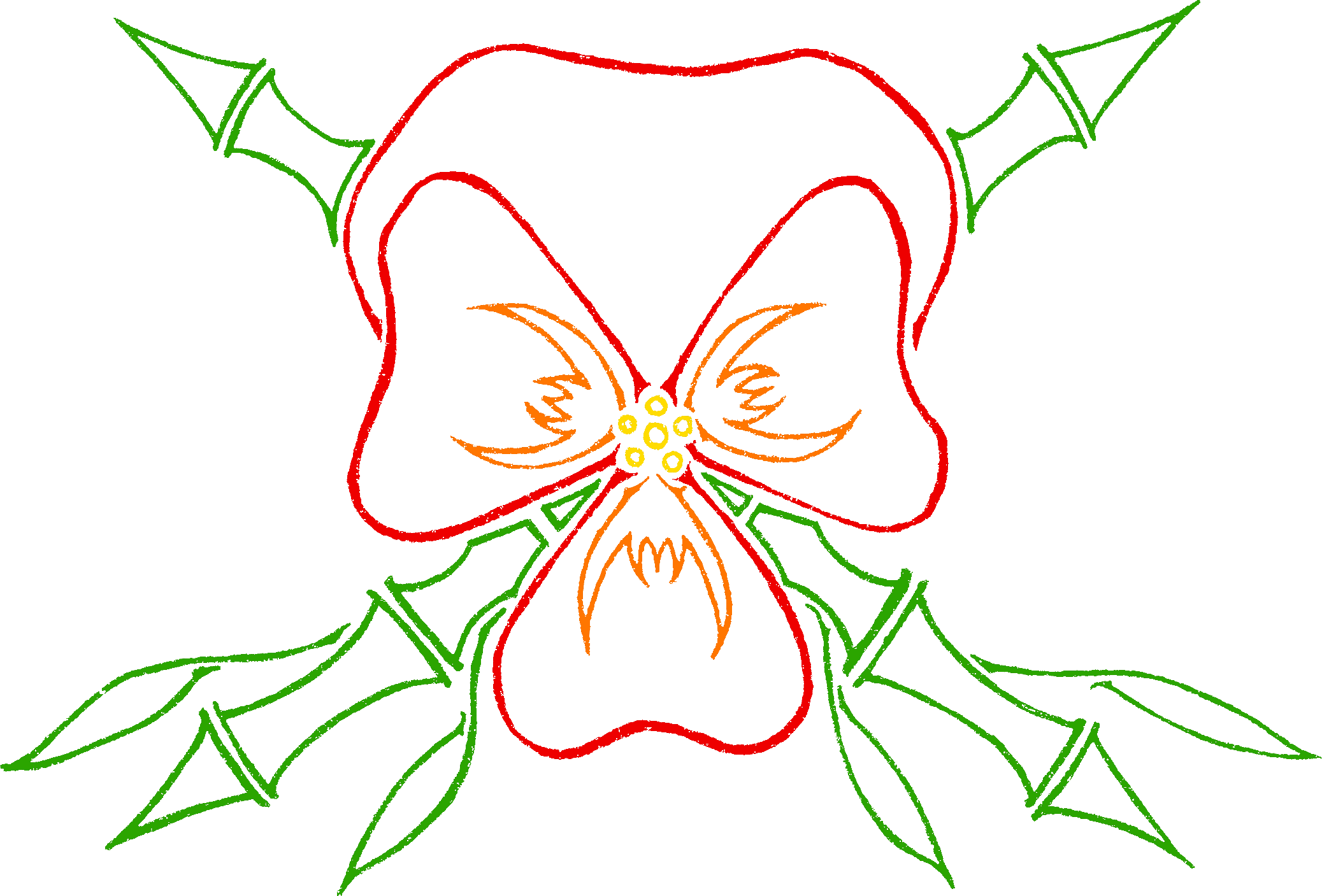
Chamomile. It’s sweet, it’s calming, and it doesn’t really get enough credit! While it’s most commonly known for being used in tea, this humble little flower packs a bounty of skin benefits, especially for sensitive and easily irritated skin!
Talking about chamomile is sort of like talking about roses- it’s a general name for several different plants! The name is derived from Greek, for “earth apple”, referring to the fresh flower’s apple-y scent!1 Part of the Asteraceae family, the two chamomiles used for herbal preparations are :
- Roman Chamomile (Anthemis nobilis) 2
- German Chamomile (Matricaria recutita) 2
There are plenty of other chamomiles out there, like wild chamomile (which smells like pineapples!), false chamomile, field chamomile, stinking chamomile, Cape chamomile…. the list keeps on going! 1

Historically, the uses for chamomile is exhaustive. It has been used as a remedy for all sorts of pain, like cramps, stomachaches and headaches.2 It has also been used as a topical treatment for burns, bruises, cuts, and skin conditions like eczema and dermatitis.2 And it has also been used as a sedative. It’s still a popular addition to teas to soothe and calm the mind!
It might be a tasty tea with plenty of herbal benefits, but when it comes to skincare, chamomile is a versatile rockstar! Extracts of the flower have been studied for their anti-inflammatory effects (3), their ability to deeply soothe irritation and discomfort (3) and their ability to revive damaged skin (3). Because of it’s anti-inflammatory and healing benefits, chamomile is a popular ingredient for people with sensitive and easily irritated skin, as well as for compromised skin types.

The flower is loaded with over 120 phytochemicals including(2):
- Chamazulene- an anti-oxidant in the sesquiterpene family, it acts as a potent anti-inflammatory to calm and soothe redness, irritation and inflammation. It is primarily found in the distilled essential oil, and is a bright blue color.4
- Bisabol- the primary constituent of German chamomile essential oil, bisabolol was found to be a potent anti-inflammatory in a 2014 study.5 As an added bonus, is has a sweet scent!
- Quercitin- this flavonoid is a potent antioxidant, helping to protect skin. It also acts as an anti-inflammatory to soothe irritation and redness.6 It has also been studied for it’s itch relieving properties.7 It’s name is derived from the scientific name for oak trees – Quercus – which have the highest concentration of quercitin!
- Luteolin- This flavonoid has been studied for it’s awesome rejuvenating and soothing abilities. While it doesn’t act as an SPF sunblock (please don’t smear on chamomile oil and call it sunblock!), a study in 2010 showed that it does help to relieve irritation and damage from sunburn.8 In addition, a study in 2014 showed promising results in its ability to calm and soothe psoriasis symptoms.9
Some of these cant be pulled out easily in water or vegetable glycerine, others can be extract in a carrier oil, and still others (like the chamazulene and bisalol) can only be extracted though distillation.

Blue chamomile essential oil has a higher chamazulene content… 
…but Roman chamomile essential oil smells sweeter!
Chamomile essential oils are precious ingredients- it takes over 200 lb of flowers to make a single ounce of essential oil!!10 Depending on the type of chamomile and the method used to produce it, the essential oil can be colorless, amber, or even a vivid blue! 3
Here at The Raw Spa, we use chamomile in all its forms! You can find dried chamomile flowers in the Cleopatra Bath Tea and the Cleopatra Intensity Facial, together with soothing oats and cooling marshmallow.
We use a calming double decoction of the chamomile flowers in the Oasis Body Butter, with cocoa butter and sesame oil. The decoction is also paired with aloe and roman chamomile essential oil in the Green Nile Body Balm.
We also use a glycerite extract made with locally grown chamomile flowers in our Amber Booster Ampoule, combined with calendula, honeysuckle and dandelion, all locally grown and harvested!
Wondering how we know these things? Check out our sources!
- Wikipedia Contributors. Chamomile. Wikipedia, The Free Encyclopedia. February 4, 2019, at 14:22 UTC. Available from https://en.wikipedia.org/wiki/Chamomile. Accessed February 21, 2019.
- Srivastava JK, Shankar E, Gupta S. Chamomile: A herbal medicine of the past with bright future. Mol Med Report. 2010 Nov 1; 3(6) 895-901. (Online) Available from: https://doi.org/10.3892/mmr.2010.377
- Singh O, Khanam Z, Nisra M et al. Chamomile (Matricaria chamomilla L.): An overview. Pharmacogn Rev. 2011 Jan-Jun; 5(9): 82–95. (Online) Available from: http://www.phcogrev.com/text.asp?2011/5/9/82/79103
- Ramadan M, Goeters S, Watzer B, et al. Chamazulene Carboxylic Acid and Matricin: A Natural Profen and Its Natural Prodrug, Identified through Similarity to Synthetic Drug Substances. J. Nat. Prod., 2006, 69 (7), pp 1041–1045.
- Maurya AK, Singh M, Dubey V, et al. α-(-)-bisabolol reduces pro-inflammatory cytokine production and ameliorates skin inflammation. Curr Pharm Biotechnol. 2014;15(2):173-81.
- Anand David AV, Arulmoli R, Parasuraman S. Overviews of Biological Importance of Quercetin: A Bioactive Flavonoid. Pharmacogn Rev. 2016;10(20):84-89. (Online) Available from: https://www.ncbi.nlm.nih.gov/pmc/articles/PMC5214562/
- Maramaldi G, Togni S, Pagin I, et al. Soothing and anti-itch effect of quercetin phytosome in human subjects: a single-blind study. Clin Cosmet Investig Dermatol. 2016;9:55-62. Published 2016 Feb 26. (Online) Available from: https://www.ncbi.nlm.nih.gov/pmc/articles/PMC4777224/
- Verschooten L, Smaers K, Van Kelst S, et al. The flavonoid luteolin increases the resistance of normal, but not malignant keratinocytes, against UVB-induced apoptosis. J Invest Dermatol. 2010 Sep;130(9):2277-85. (Online) Available from: https://doi.org/10.1038/jid.2010.124
- Weng Z, Patel AB, Vasiadi I, et al. Luteolin inhibits human keratinocyte activation and decreases NF-κB induction that is increased in psoriatic skin. PLos One. 2014 Feb 28;9(2):e90739. (Online) Available from: https://www.ncbi.nlm.nih.gov/pmc/articles/PMC3938790/
- Wikifarmer Editorial Team. German Chamomile Essential Oil Yield. Wikifarmer. June 9, 2017. Available from: https://wikifarmer.com/german-chamomile-essential-oil-yield/. Accessed February 21, 2019.
